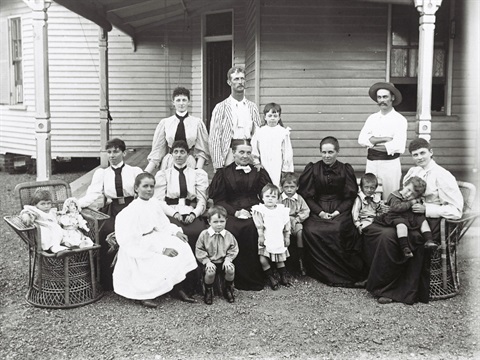Genealogy at home: Births, Births, Deaths and Marriages in Scotland
Published on 24 March 2020

Post 1855 – civil registration
Government registration of births, marriages and deaths began in Scotland on the 1st January 1855. Scottish certificates generally give more information than their English counterparts e.g. death certificates name the parents of the deceased, and marriage certificates name mothers as well as fathers of the couple.
The Scottish Records office hold these records. Indexes are available for births or christenings 1553 to 1915, marriages 1553 to 1940, and deaths 1855 to 1965. The site for the Records Office is ScotlandsPeople. This website is not free, and you need to register and purchase credits to view the index results. Although the site is not free to access, it is easy to use and good value for money when doing your research, and therefore worth investing in credits.
Selected Scottish BDM records are available in Ancestry, Findmypast and Familysearch sites, but these are not comprehensive.
Pre 1855 records –Old Parochial Registers
These are recordsof the Church of Scotland prior to 1855. They consist of baptisms, marriages and burials recorded in Church of Scotland parishes all over Scotland. Unfortunately, not every birth, marriage or death was recorded in these records. Often for example baptisms had to be paid for which meant that many children were not baptised. Other reasons can include the minister or clerk forgetting to record an event; registers being incomplete or damaged for periods; families falling out with the ministers; or people being members of other religious denominations (e.g. Roman Catholics, Free Church, Episcopalians etc.)
To trace an individual in the OPRs, it helps to have some idea of where that person lived. Census pages can be very useful in identifying birthplaces of those alive after 1841.
The information contained in the OPRs can vary immensely. For the birth of a child you will usually be given the names of both parents (including maiden name of mother) and often an address and names of witnesses (often relatives). A marriage will sometimes name relatives of the couple. Burial registers usually provide the least information, if they exist at all for the period you need.
Many of these records can be found on the LDSFamilysearch website. They are also available on Scotlands People.